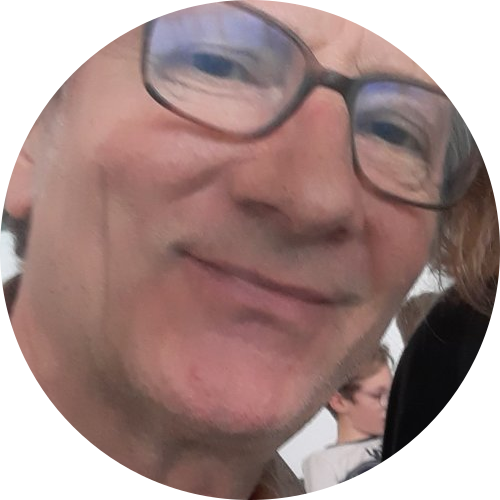


TRAQUER · La polychromie dans l’Antiquité : essai de restitution de la couleur au temple oraculaire d’Apollon à Delphes
Ce projet entend développer un protocole inédit appliqué à l’étude des pigments antiques invisibles à l’œil nu, tout en ayant l’exigence de construire une méthodologie réutilisable auprès de la communauté scientifique des universités de (…)
PHYT · Taphonomie et préservation des Grottes Ornées : étude multiphysique de faciès calcitiques
Le programme PHYT « Taphonomie et préservation des Grottes Ornées : étude multiphysique de faciès calcitiques » a démarré en 2014. Il était porté par l’équipe IRAMAT-CRP2A de l’UMR 5060 du CNRS et de l’Université Bordeaux Montaigne, et (…)